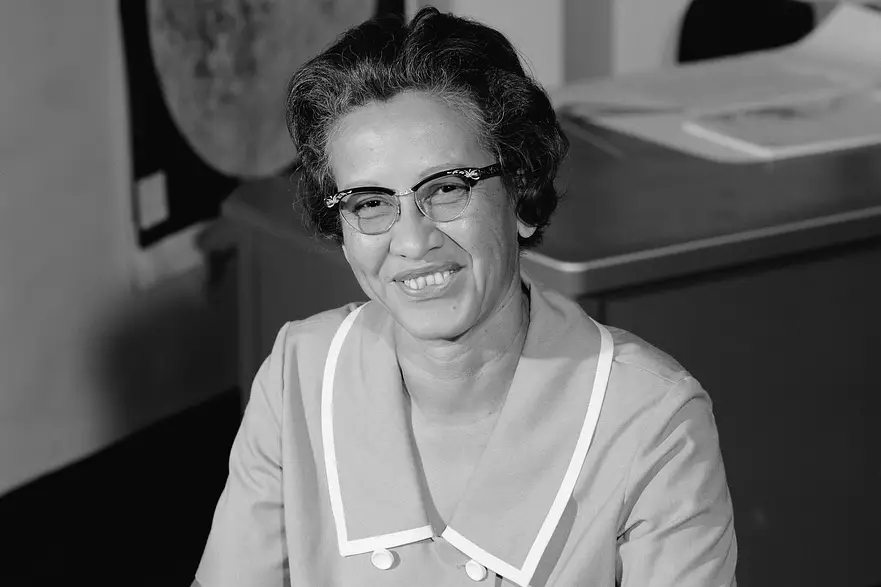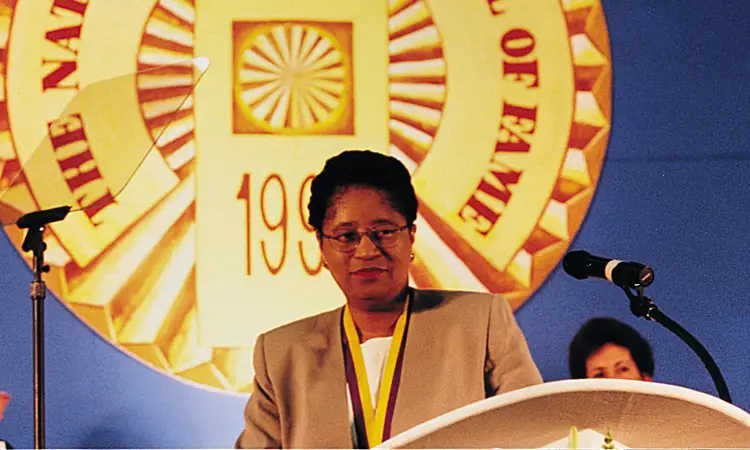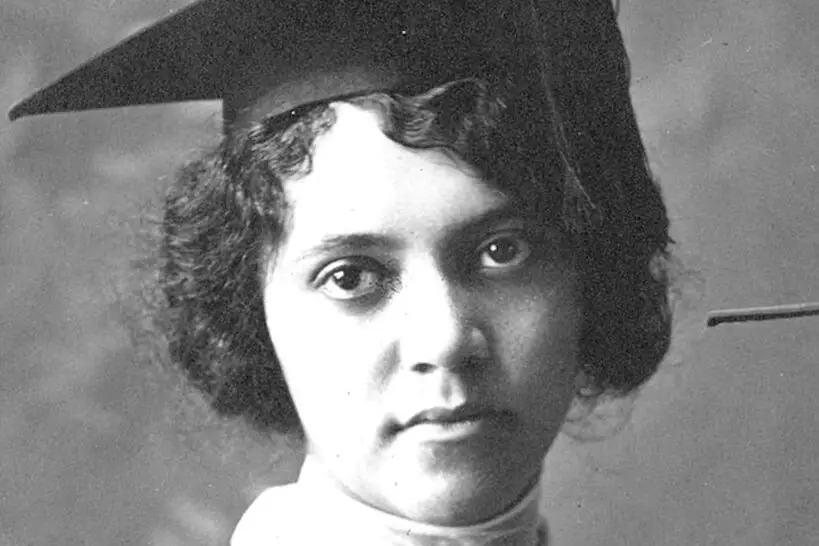1. Dr. Katherine Johnson

Dr. Katherine Johnson’s legacy is one that forever changed the trajectory of space exploration and mathematics. A brilliant mathematician, Johnson’s calculations were instrumental in sending the first American astronauts into space. She worked at NASA during the 1950s and 60s when women—especially women of color—were often overlooked in STEM fields. Despite the challenges of both racial and gender discrimination, she made remarkable contributions to space travel, calculating flight trajectories and launch windows for missions like John Glenn’s historic orbital flight says NASA.
Her story, highlighted in the movie Hidden Figures, is a testament to her brilliance and determination. Johnson’s work, which seemed almost invisible during her time, was vital in ensuring that NASA’s space missions were successful and safe. In addition to her role in the space race, she also worked on early satellite and lunar programs, further solidifying her place in the history of American science. Dr. Johnson’s passion for mathematics and her dedication to excellence, even in a time of inequality, continues to inspire young women, particularly Black girls, to pursue careers in STEM. She was awarded the Presidential Medal of Freedom in 2015, and her legacy lives on, showing the world that with the right combination of talent and tenacity, anything is possible.
2. Dr. Shirley Ann Jackson

Dr. Shirley Ann Jackson made history as the first African American woman to earn a Ph.D. from MIT in physics. Her achievements extend far beyond her doctoral work; she has made remarkable contributions to telecommunications, serving as the first Black woman to lead a major research university. After completing her degree, she worked with AT&T and Bell Labs, where she helped develop technologies like the touch-tone phone and the portable fax machine. Her work revolutionized communications, and her name is often associated with some of the most essential technologies we use today explains MIT.
Dr. Jackson’s leadership in academia is also noteworthy. She served as the president of Rensselaer Polytechnic Institute, where she emphasized the importance of diversifying the STEM field and increasing access to higher education for underrepresented groups. Her achievements as a physicist and an administrator broke glass ceilings in both industry and academia. She has received numerous accolades, including the National Medal of Science. Jackson’s success is a testament to perseverance, and she remains a source of inspiration for young Black women interested in careers in science and technology. Through her leadership, she continues to demonstrate the immense power of scientific innovation to change the world.
3. Dr. Mae Jemison

Dr. Mae Jemison’s name is synonymous with breaking barriers in both science and space exploration. She became the first African American woman to travel to space in 1992 aboard the Space Shuttle Endeavour. But her accomplishments extend far beyond her time in orbit. Before becoming an astronaut, Dr. Jemison earned a medical degree and worked as a general practitioner and medical officer for the Peace Corps. She was also a trained engineer, combining her medical expertise and technical skills to navigate the challenges of space travel adds National Women’s History Museum.
Throughout her career, Dr. Jemison has used her platform to encourage young girls, particularly those of color, to pursue careers in STEM fields. After leaving NASA, she founded a company to develop and promote technology that aims to improve life on Earth. Her passion for science and technology also led her to advocate for greater diversity in the space industry, stressing the importance of representation in the sciences. Dr. Jemison’s post-NASA career has seen her become a passionate speaker, educator, and advocate for technology-driven solutions to global issues. Her achievements remind us that the sky is not the limit—it’s just the beginning of what is possible for women in STEM.
4. Dr. Gladys West

Dr. Gladys West’s name may not be as widely recognized as others, but her contributions to GPS technology are nothing short of revolutionary. West was one of the key mathematicians behind the development of the Global Positioning System, a technology that has transformed the way we navigate the world today. Born in rural Virginia in 1930, West had to overcome significant obstacles in her pursuit of education, including the segregated educational system. Despite these challenges, she earned a master’s degree and eventually a Ph.D. in mathematics says Britannica.
West’s work at the Naval Surface Warfare Center was crucial in developing the mathematical algorithms that made GPS accurate and reliable. For years, her contributions remained behind the scenes, but in recent years, her groundbreaking work has received the recognition it deserves. Dr. West’s career has paved the way for advancements in technology that impact millions of people every day. Her story is an inspiring reminder of the power of perseverance and the lasting impact one person’s work can have on the world. She continues to advocate for the importance of STEM education, particularly for underrepresented groups in science and technology, showing that women of color can—and do—change the world.
5. Dr. Alice Ball

Dr. Alice Ball’s story is one of resilience, brilliance, and an enduring legacy in the world of chemistry. In the early 20th century, Dr. Ball became the first woman and the first African American to earn a degree in chemistry at the University of Hawaii. Her most notable work was the development of the “Ball Method,” an innovative treatment for leprosy that was used for decades. Despite facing significant racial discrimination in her field, Dr. Ball’s research made a profound impact, and her method became the standard treatment for the disease until the 1940s.
Sadly, Dr. Ball passed away at the young age of 24, and for many years, her contributions were overlooked. It wasn’t until decades later that her work was properly acknowledged. Her contributions to chemistry and medicine have since earned her a place in history as a trailblazer who made groundbreaking advancements in the treatment of leprosy. Dr. Ball’s life and work serve as a reminder of the importance of perseverance and the powerful impact of women in science. Despite the challenges she faced, she blazed a trail that paved the way for future generations of Black women in STEM. Her legacy continues to inspire young scientists, proving that even the shortest lives can leave a lasting impact says Scientific Women.
